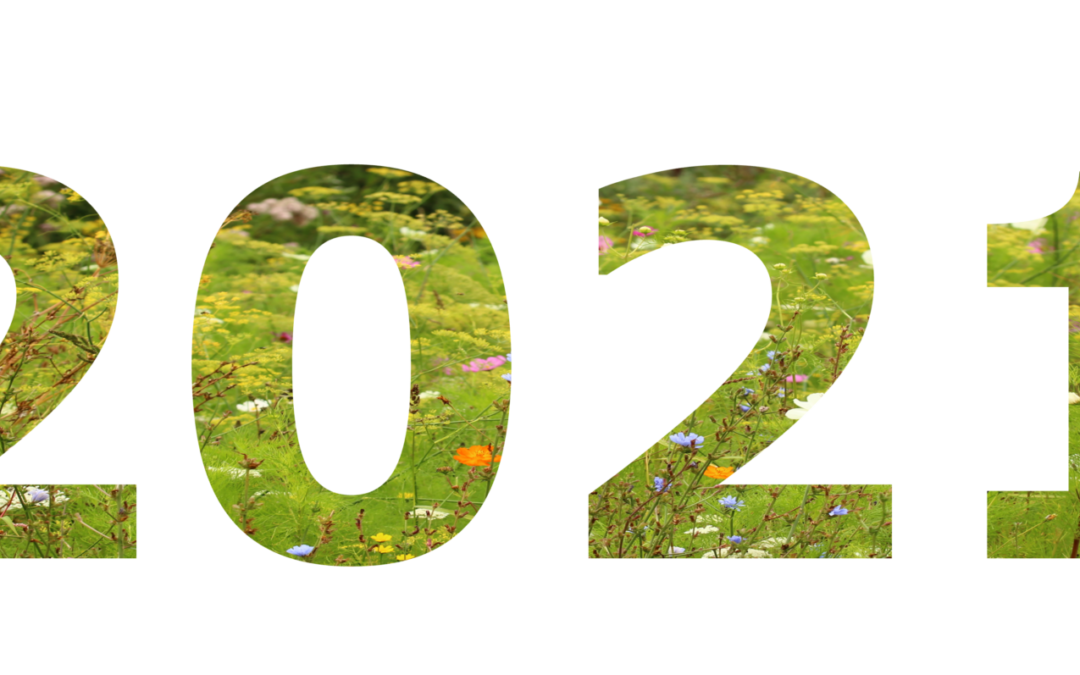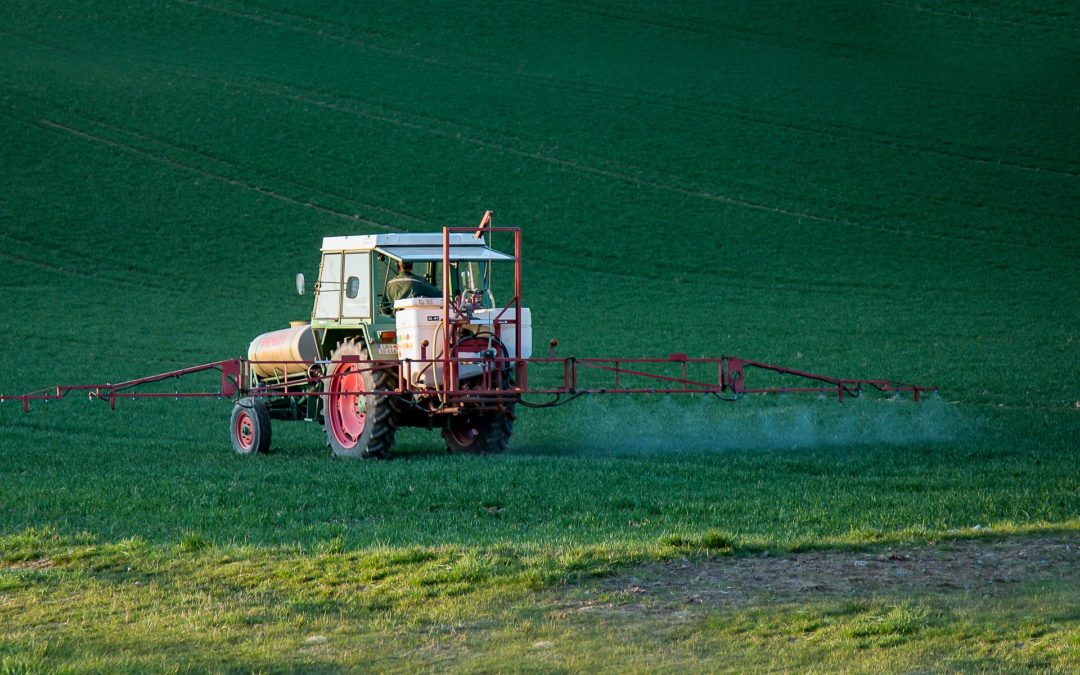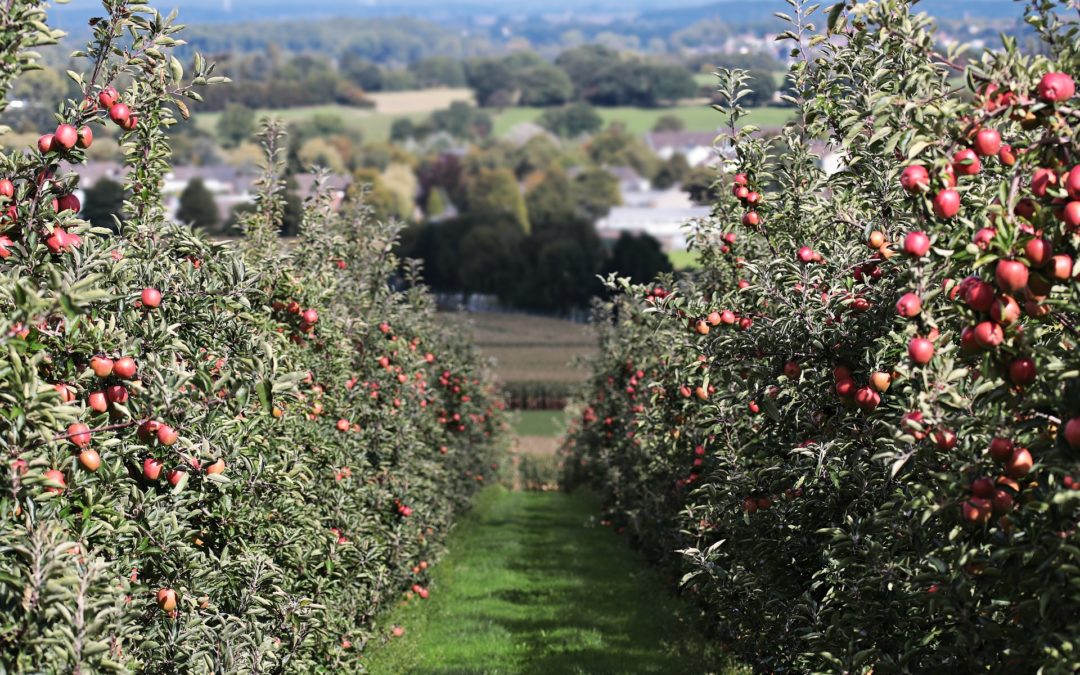
Pollution measurement that builds trust
Prove no off-site impact, cut complaints and report clearly under ESRS E4 and TNFD by combining territory-scale bee biomonitoring with targeted on-site checks.

Prove no off-site impact, cut complaints and report clearly under ESRS E4 and TNFD by combining territory-scale bee biomonitoring with targeted on-site checks.

In the course of 2021, 3 million people benefited from biomonitoring of their environment through bees. From plant diversity to pollutant concentrations, thousands of analyses have been carried out with surprising results!

BeeOdiversity, during its measurement of environmental quality, identifies many different pollutants. What are they? What is the point of analysing them? What danger(s) do they represent for humans and biodiversity?

Pesticides have for many years been the preferred method of pest control for farmers. However, their toxicity to human health and the environment is being pointed out by scientists, and alternatives exist.

Pesticides monitorings have reported surprising results. The number and concentrations of pesticides used have risen sharply, including banned pesticides. What happened in 2020?

In 2016, 91% of the world’s population was living below the WHO’s recommended air quality thresholds. The World Health Organization warns against air pollution. In fact, air pollution poses a major health risk, right across the world.
Want to halt the loss of biodiversity and create value? Do you have an idea or do you want to find out more about our approach and our services ?
Complete the form below and we will get back to you as soon as possible.
Terms of service & General conditions of use
BeeOdiversity develops projects in several European countries, Switzerland and the United States. Its tools and services can be used the world over.
To contact us from Belgium and abroad : +32 2 428 00 82
Head office :
Avenue Arnaud Fraiteur 15-23
1050 Brussels, Belgium